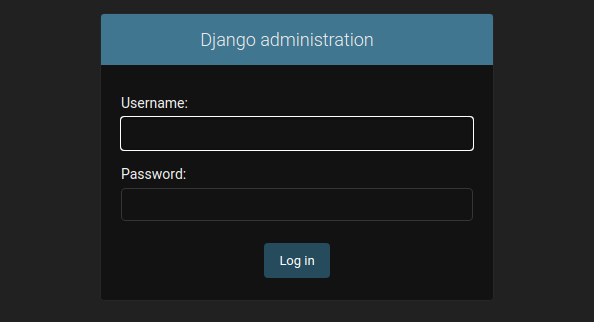How To Install Django on openSUSE

In this tutorial, we will show you how to install Django on openSUSE. Django is a high-level Python web framework that enables rapid development of secure and maintainable websites. It is free, open-source software that takes care of much of the hassle of web development so developers can focus on writing the application code.
This article assumes you have at least basic knowledge of Linux, know how to use the shell, and most importantly, you host your site on your own VPS. The installation is quite simple and assumes you are running in the root account, if not you may need to add ‘sudo‘ to the commands to get root privileges. I will show you the step-by-step installation of the Django Python web framework on openSUSE.
Prerequisites
- A server running one of the following operating systems: openSUSE.
- It’s recommended that you use a fresh OS install to prevent any potential issues.
- You will need access to the terminal to execute commands. openSUSE provides the Terminal application for this purpose. It can be found in your Applications menu.
- You’ll need an active internet connection to download Django and its dependencies.
- You’ll need administrative (root) access or a user account with sudo privileges.
Install Django on openSUSE
Step 1. Starting with an updated system is a best practice in Linux administration. It ensures that all software packages are up-to-date, minimizing potential security vulnerabilities. To update your openSUSE system, open the terminal and execute the following commands:
sudo zypper refresh sudo zypper update
Step 2. Installing Python.
Python is a prerequisite for Django. Most Linux distributions, including openSUSE, come with Python pre-installed. You can check the installed version of Python by typing python --version in your terminal. If Python is not installed or you need a different version, you can install it using the package manager of your Linux distribution. For openSUSE, you can use the zypper command:
sudo zypper install python3
Step 3. Installing Django on openSUSE.
Once Python is installed, you can install Django. The recommended way to install Django is within a virtual environment. Python 3 comes with the built-in venv module to create virtual environments. A virtual environment is a self-contained directory tree that includes a Python installation and number of additional packages:
To create a virtual environment, navigate to the directory where you want to create your Django project, and run:
python3 -m venv myenv
This will create a new directory myenv in your current directory. To activate the virtual environment, run:
source myenv/bin/activate
With the virtual environment activated, you can install Django using pip, the Python package installer:
pip install django
To verify that Django was installed successfully, you can check the Django version:
python -m django --version
Step 4. Setting Up a Django Project.
Once Django is installed, you can create a new Django project using the django-admin command:
django-admin startproject myproject
This will create a new Django project in a directory named myproject.
Step 5. Installing and Configuring PostgreSQL.
Django can work with different databases, but PostgreSQL is recommended for production use. To install PostgreSQL on openSUSE, you can use the zypper command:
sudo zypper install postgresql postgresql-server
Once PostgreSQL is installed, you need to create a database for your Django project. First, switch to the postgres user:
sudo su - postgres
Then, create a new database:
createdb mydatabase
And a new database user:
createuser mydatabaseuser -P
Finally, grant all privileges on the new database to the new user:
psql -c "GRANT ALL PRIVILEGES ON DATABASE mydatabase TO mydatabaseuser;"
Step 6. Configuring Django to Use PostgreSQL.
To configure Django to use the PostgreSQL database you created, you need to modify the DATABASES setting in your Django project’s settings file (myproject/settings.py):
DATABASES = {
'default': {
'ENGINE': 'django.db.backends.postgresql',
'NAME': 'mydatabase',
'USER': 'mydatabaseuser',
'PASSWORD': 'mypassword',
'HOST': 'localhost',
'PORT': '',
}
}
Replace 'mydatabase', 'mydatabaseuser', and 'mypassword' with the name of your database, the database user, and the password you chose, respectively.
With everything set up, you can now run the Django development server:
python manage.py runserver
This will start the server on localhost port 8000. You can access your Django project by opening your web browser and navigating to http://localhost:8000.

Congratulations! You have successfully installed Django. Thanks for using this tutorial for installing the Django Python web framework on your openSUSE system. For additional or useful information, we recommend you check the official Django website.